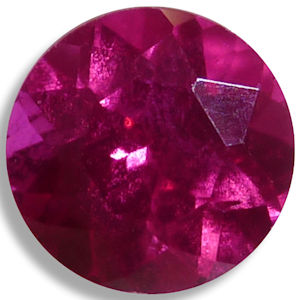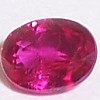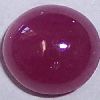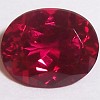
Rubies are one of the most sought after gems in history. I’m excited about finding a piece of red sea glass when walking on the beach; I couldn’t imagine how exciting it would be to be the first to discover a transparent facet grade Ruby crystal. Red is just one of those colors that is in high demand. The true reds are particularly rare with only a few varieties such as Ruby, Spinel and Beryl. But even the muted reds like Garnet and Rubelite are well liked.
Natural and unenhanced fine Rubies are extremely rare, much more so than VS quality Diamonds. I won’t even discuss the disparity in price versus rarity between these two gem varieties. Suffice it to say that the quantity of Rubies that are valued over $10,000 are a very small fraction of the amount of white Diamonds priced over $10,000. These days natural unenhanced Rubies are basically extinct. Nearly every Ruby in the market today has been at least heat-treated.
Today’s enhancements range from the expected heat-treatment to fracture filling. Heat treatment is so common that everyone should just assume that a Ruby has been heated. Heat treatment improves color and clarity. The other extreme of enhancement is fracture filling. Years ago this process was limited to pressure filling voids and fractures with sealants to improve clarity and stability. Now the options include “glass filling” which creates a composite of Ruby and glass which is then faceted. This has greatly expanded the availability of jewelry grade Rubies since rough material that had been considered reject can now be used.
Ruby synthetics and imitations are prevalent as well. The word “synthetic” is so misused it has almost lost its meaning. However, synthetics should represent man made gems that have the same basic properties of the natural counterpart. This means the refractive index, hardness, etc of a synthetic should be essentially the same as the natural. Anything else that looks like Ruby is an imitation. Ruby synthetics are created by different processes and range widely in price. Imitations are all very cheap.





